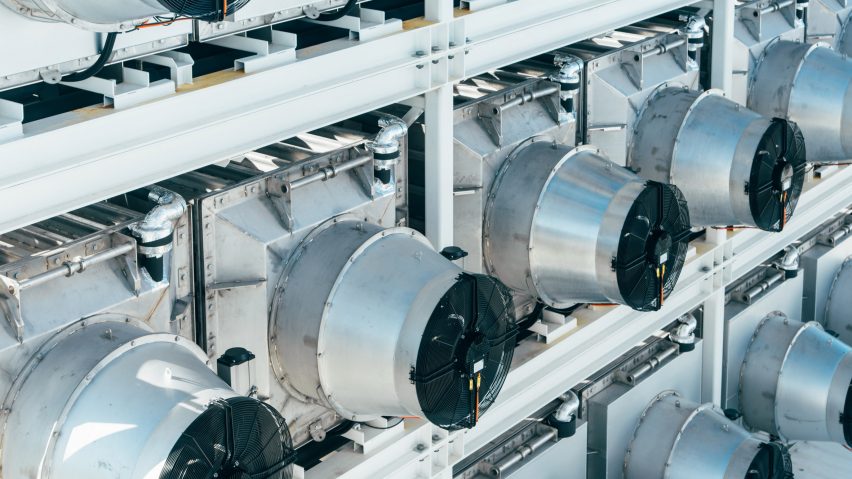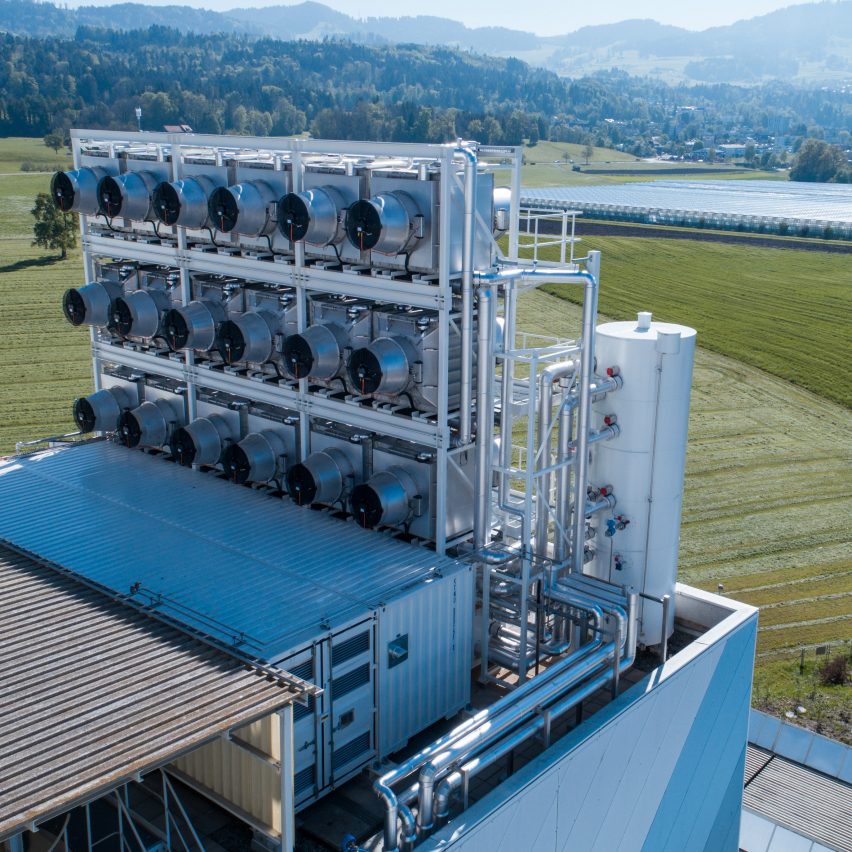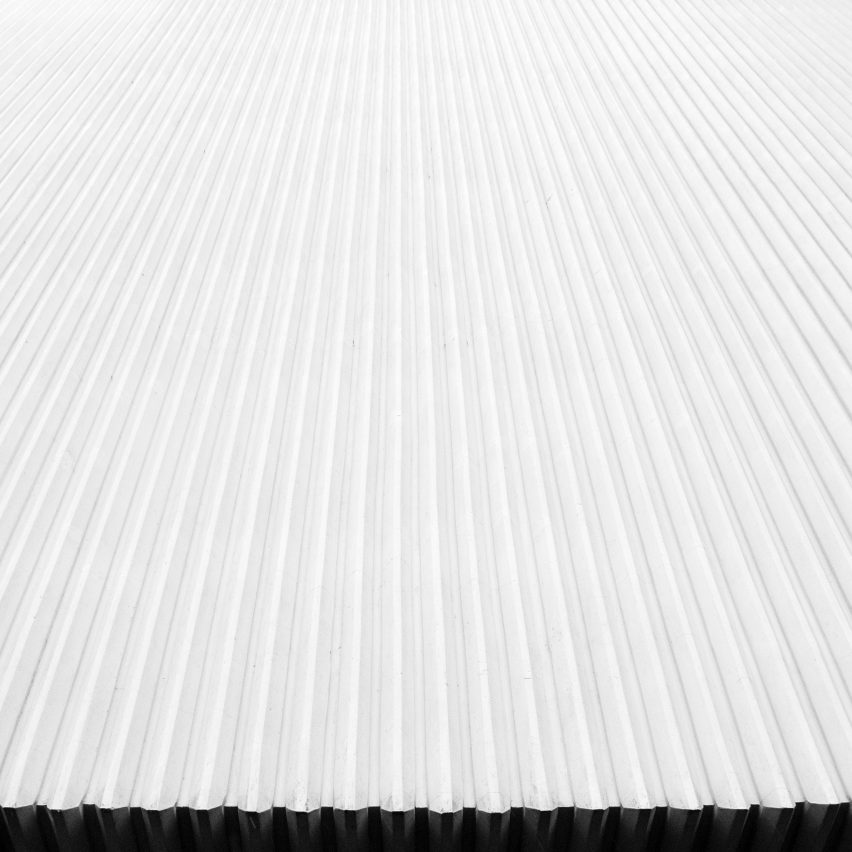
Five geoengineering solutions proposed to fight climate change
If humans can't reduce greenhouse-gas emissions, can we design our way out of climate-change catastrophe? Last week's UN report shone a light on geoengineering, a discipline that proposes large-scale interventions to counteract global warming. So what ideas are geoengineers proposing?
Also known as climate engineering, geoengineering is an umbrella term for human interventions that change the earth's climate system. As we enter the anthropocene era, in which human activity is shaping the earth more than natural forces, it can be seen as a way of redesigning the planet.
It could offer a more viable solution to climate change than expecting humans to modify their existing behaviour to reduce emissions. The United Nations' Intergovernmental Panel on Climate Change (IPCC) report highlighted geoengineering as a necessary Plan B if temperature rises can't be capped at a manageable level. Geoengineering will be one the subjects discussed at a special Good Design for a Bad World talk at Dutch Design Week on Saturday 20 October.
IPCC report gives geoengineering research tentative approval
There are currently two main approaches under the geoengineering umbrella: carbon-dioxide removal (CDR) and solar radiation management (SRM).
CDR tackles the root cause of global warming by removing greenhouse gases from the atmosphere — think carbon capture and storage. SRM, meanwhile, leaves greenhouse gases untouched, but offsets their impact by reflecting sunlight away from the earth.
The science, which is still largely based on theoretical models, has been criticised for being untested, risky and offering a false promise of salvation in a moment when policy-makers need to make difficult decisions.
However, it may become necessary to use geoengineering as humans are resistant to changing behaviour. On that basis, the Intergovernmental Panel on Climate Change report, which demanded urgent global action to stop the planet warming beyond a devastating 1.5 degrees celsius, gives geoengineering research its tentative approval.
The IPCC tries to steer clear of the term geoengineering in its Special Report on Global Warming of 1.5° C, because it views CDR and SRM completely differently. It regards CDR as a climate-change mitigation measure that is incorporated into nearly all of its safe pathways forward.
SRM is not. It is seen as an offset and not a fix for greenhouse gas emissions, and the science is still uncertain. Nevertheless, the UN-backed panel of scientists says it could still have a place.
SRM could "potentially reduce" impact of temperature overshoot
"If mitigation efforts do not keep global mean temperature below 1.5 degrees celsius, SRM (solar radiation modification) can potentially reduce the climate impacts of a temporary temperature overshoot," says the IPCC report, which crunches 6,000 scientific studies to conclude that a global mean temperature increase of 1.5 degrees celsius is more dangerous than previously thought, and urges governments to take immediate preventative action.
The IPCC names extreme temperatures, rate of sea-level rise and intensity of tropical cyclones as impacts that could be lessened through SRM. However, its endorsement is highly qualified.
"While theoretical developments show that SRM is technically feasible, global field experiments have not been conducted and most of the knowledge about SRM is based on imperfect model simulations and some natural analogues," says the IPCC.
"There are also considerable challenges to the implementation of SRM associated with disagreements over the governance, ethics, public perception, and distributional development impacts."
It also warns of the risk of "termination shock" if the practices are suddenly stopped, causing rapid temperature rise.
The report explores four of these proposed types of solar radiation management SRM, alongside more accepted methods of carbon-dioxide removal (CDR). Here is what the IPCC has to say about each of these ideas:

Carbon dioxide removal (CDR)
What is it? CDR refers to different techniques for removing carbon dioxide (CO2) from the atmosphere, reducing warming. The most established of these processes is bioenergy with carbon capture and storage (BECCS), which the IPCC has already incorporated into its modelling.
This involves burning biomass for energy, and capturing and storing the emissions underground. Alternative forms of CDR include direct air carbon dioxide capture and storage (DACCS). This was used in a commercial operation by ClimeWorks that opened last year. Soil carbon sequestration (SCS), afforestation and ocean fertilisation, where added nutrients cause CO2 to be trapped in the deep ocean, are also methods of CDR.
Is it feasible? BECCS works, though the IPCC has doubts about whether it could be upscaled in time. There is disagreement on the availability of land for biomass plantations, and the project is expensive and energy-intensive. Regardless, the IPCC considers some CDR a given in its modelling for safe pathways forward.
Is it safe? The chemical capture and storage of CO2 deep underground is seen as generally secure for thousands of years. Natural carbon sinks like soil and trees reverse earlier, so they need to be used with care.

Stratospheric aerosol injection (SAI)
What is it? SAI is the main type of solar radiation management (SRM) considered in the IPCC report. This is where geoengineering gets more controversial. Whereas CDR addresses the cause of global warming, reducing greenhouse gases, SRM only masks it or offsets it. In the case of SAI, gases are pumped into the stratosphere to reflect some of the sun's heat, mimicking an effect that happens naturally in a strong volcanic eruption.
Is it feasible? The IPCC says there is high agreement that SAI could work to limit warming to below 1.5 degrees celsius, and the technology exists to carry out the task. But the scale of SAI makes its governance difficult — implementing it in one country can trigger rain and extreme weather across borders. Lack of public support might be the biggest hurdle.
Is it safe? There are concerns over unforeseen consequences with using geoengineering on this scale. Another key issue is what happens when the SAI is discontinued — the "termination shock" would cause a spike in temperatures, creating huge problems for future generations who did not consent to the practice.

Marine cloud brightening (MCB)
What is it? Like all forms of SRM, MCB involves reflecting sunlight away from the earth in some way. In this case, sea salt or other particles are sprayed into marine clouds to make them thicker and more reflective.
Is it feasible? Several simulations have confirmed the mechanism works, and the IPCC says MCB has potential to lower temperatures on a regional level.
Is it safe? There are similar concerns with unforeseen consequences as with SAI, but on a more localised scale.

Cirrus cloud thinning (CCT)
What is it? CCT is almost the opposite of marine cloud brightening. High-altitude Cirrus clouds are thin and whispy, so they don't reflect much solar radiation back into space, and instead trap long-wave radiation on earth. CCT proposes thinning them further through cloud seeding, letting more long-wave radiation escape.
Is it feasible? The problem with CCT is that the cloud seeding can have the exact opposite effect, thickening the Cirrus formations. It's among the least understood of geoengineering proposals at this stage so can't be considered feasible.
Is it safe? It's uncertain.

Ground-based albedo modification (GBAM)
What is it? The word albedo refers to how much solar radiation a planet reflects from its surface. Modifying earth's albedo from the ground could come from small architectural measures, like whitening roofs and land-use management. It could also take on a much larger scale; ideas mentioned in the IPCC report include covering glaciers or deserts with reflective sheeting.
Is it feasible? The IPCC concludes that GBAM has real potential to lower temperatures — but on a regional rather than global level. It is based on natural analogues that have been observed to work, and simulations have so far confirmed the mechanism.
Is it safe? No major safety concerns are noted.